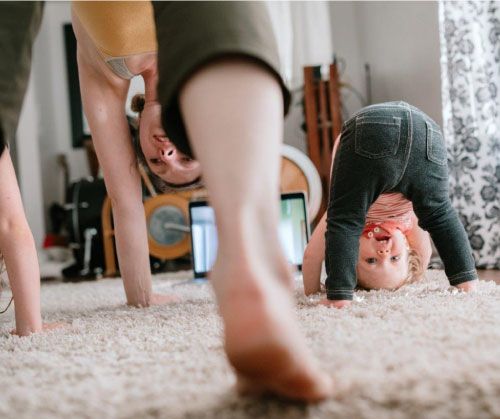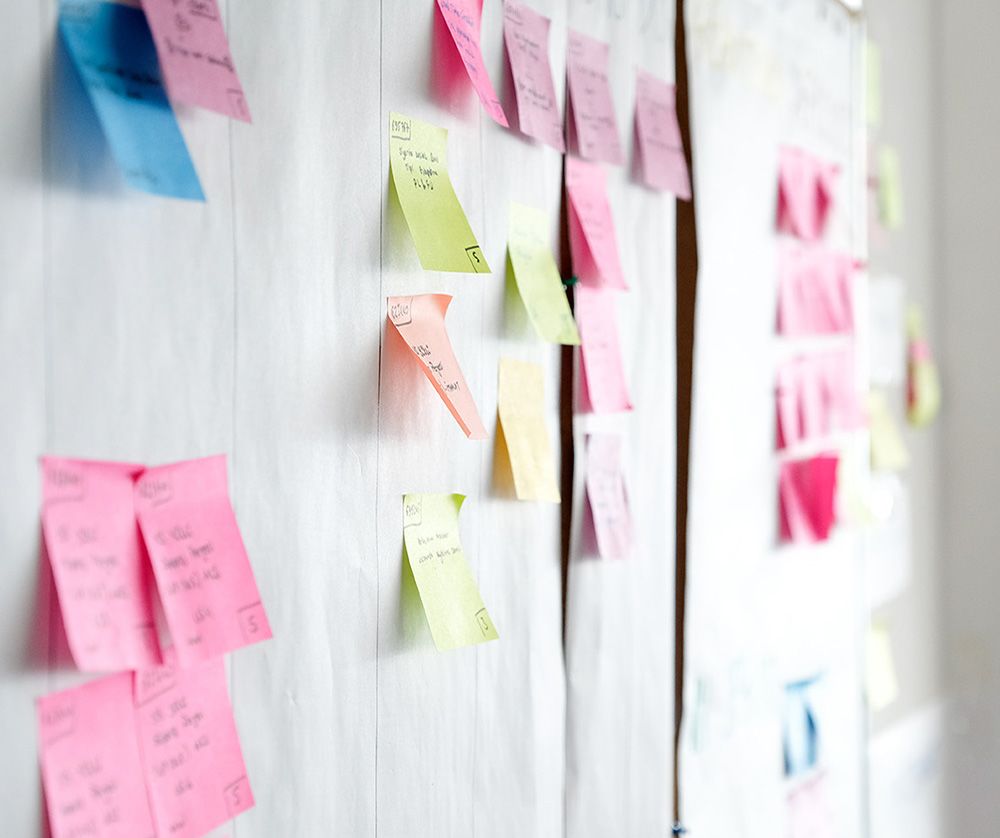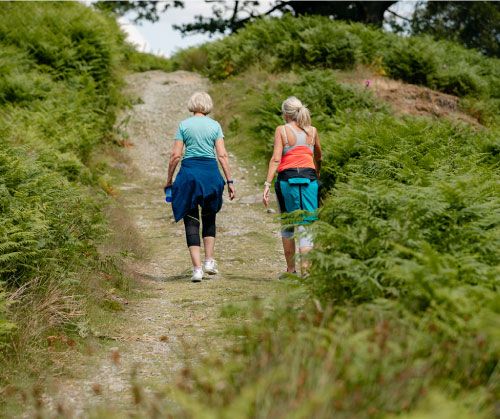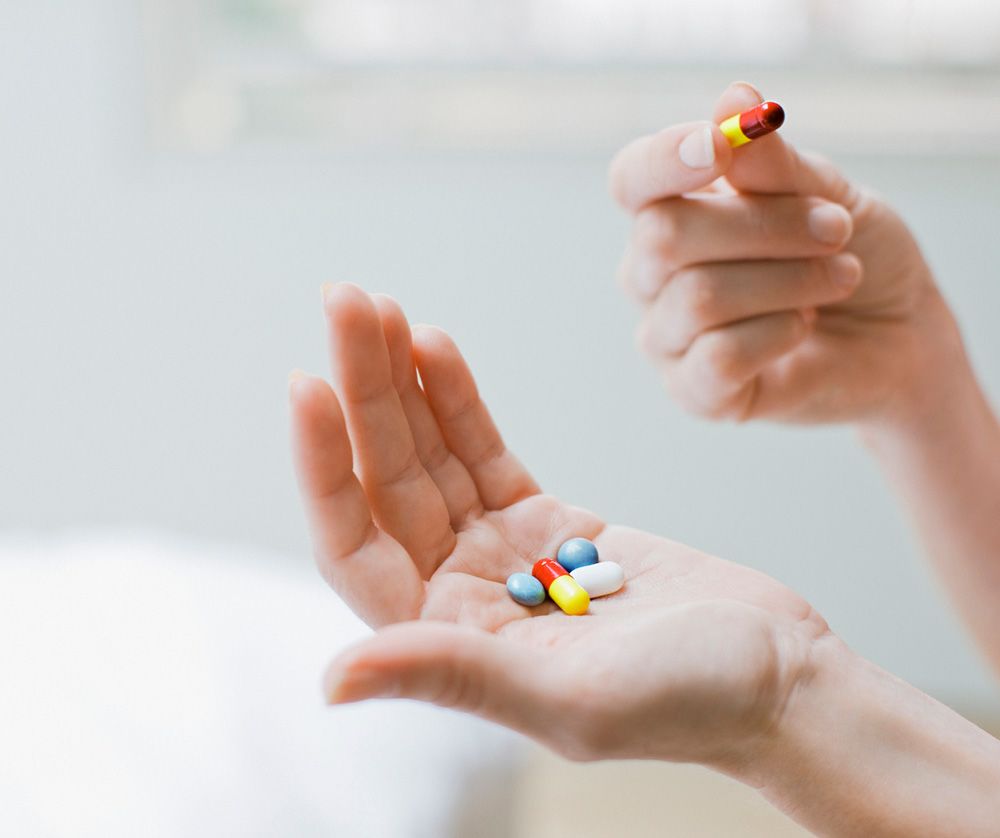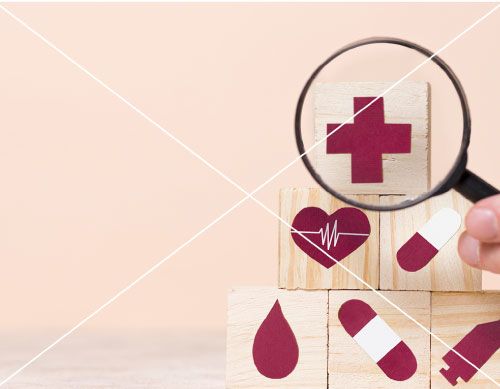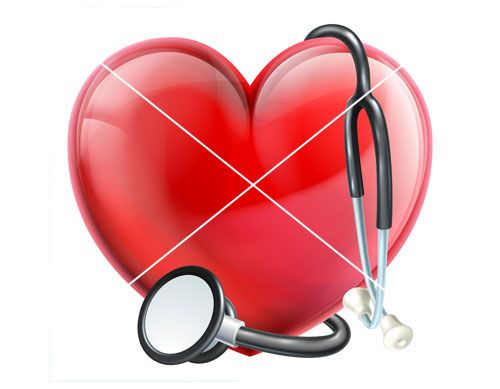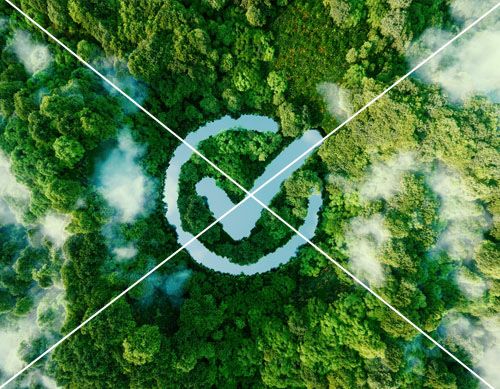Photography

To help communicate the human impact of the work we do, use images of people where possible. You should select photography that feels natural and features real people in UK-based health and care settings. Do not use AI-generated imagery.
Images should never feel staged or posed, and photography should reflect the diversity of NHS patients, staff, and the wider public. The images you select should be representative across gender, race, disability, age, sexual orientation, and religion.
Selecting imagery
Effective images should clearly communicate something to the user and add value when used alongside other content. Use alternative (alt) text to ensure images are accessible to all users.
Consider whether you need to use a photograph to illustrate a concept (such as ‘strategy’ or ‘excellence’) or whether an icon might be more suitable.
When you do need to represent something more conceptual or abstract, you should still aim to use real world photography (not computer-generated images) and avoid the ‘poor examples’ below. For example, use close-ups, objects captured from different angles or images that use creative lighting.
Do not use watermarked images or copyrighted images without permission.
You’ll find examples of good photography, taken from our image gallery, below. These images are high quality (not pixelated) and have not been stretched, manipulated or overlaid with additional graphics or filters.
Good photography examples
Naturally shot image showing human emotion and interaction.
Close-up conceptual image to illustrate ‘collaboration’, or 'teamwork', for example.
Creatively composed candid image of a researcher.
Well exposed image shot in daylight, shows human connection.
Close-up conceptual image to illustrate ‘international’, for example.
Close-up image, well lit with a narrow depth of field.
Think creatively – this image could be used for social care, ‘strategy’ or ‘learning and development’.
Similarly, this image could be used for public health or to signify a call to action.
Poor photography examples
Avoid using any photography which has super-imposed graphics or illustration.
Avoid using any photography which is clearly staged.
Avoid using contrived stock imagery to illustrate concepts or processes.
Avoid images which contain text. Use headings or body text instead.
Avoid images that feature icons or illustrations that do not follow our in-house icon or illustration style.
Avoid overly posed, contrived stock imagery.
Avoid digitally manipulated/created imagery. Use authentic photography.
Do not use clipart style images or stickers.

